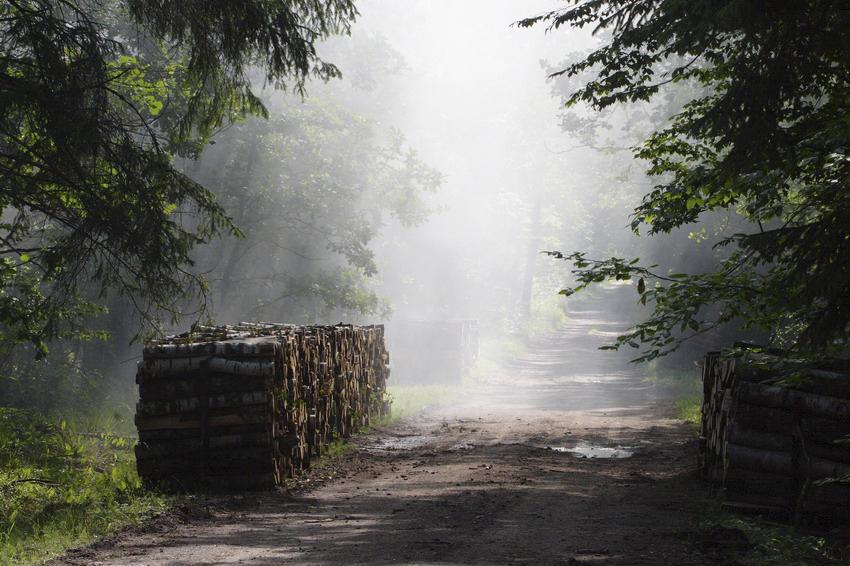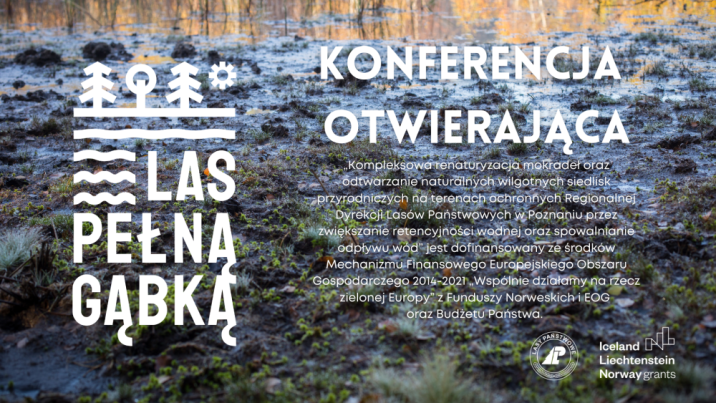 Asset Publisher
Asset Publisher
The State Forests National Forest Holding
The State Forests National Forest Holding is the largest organisation in the European Union managing forests, which belong to the State Treasury and celebrating its 90 anniversary this year.
Presently, we manage the area of one third of Poland's territory. Not long after the end of the Second World War, there was only 21 % of the area. Every year we plant 500 million of new trees, as we want Polish forests grow all the time.
Every year Polish foresters plant 500 million of trees.
85 % of nature reserves in Poland are located within the State Forests. 40 % of the forests managed by General Directorate of the State Forests are protected within the framework of European network Natura 2000. We fight against many threats: natural disasters, plaques of insects, trees' diseases, fires, pollutions, as well as poaching and vandalism.
We take care the forestry supplying the market with timber, as ecological and universal material, to be carried on in accordance with rules of balanced development (photography P.Fabjański).
One of our major tasks is making forests accessible to the society. We invite you to take advantage of these beautifully located within the forest wilderness holiday resorts, forester's lodges or guest rooms. That is for you, we create thousand kilometres of hiking trails, cycling paths or camping sites. All the above mentioned, you can find in service www.czaswlas.pl.
We also take care the forestry supplying the market with timber, as ecological and universal material, to be carried on in accordance with rules of balanced development. We obtain over 30 million of cubic meters of wood annually, twice as much as at the beginning of the nineties of the XX century.
Despite of this, the average of wood abundance per hectare of our forests is one fourth bigger than 20 years ago and 40% bigger than the average of European Union currently amounts.
In Poland in sectors connected with the forestry, there work about 375 thousand of people. It means that each 40 working Pole works in the forest.
In Poland in sectors connected with the forestry, there work about 375 thousand of people. It means that each 40 working Pole works in the forest. The sector of wood processing works out approximately 8 % of our GDP (Gross Domestic Product). Among others, thanks to the timber from the State Forests Poland is the 10 largest producer of furniture in the world, and the 4 largest furniture exporter.
The State Forests employ 25 thousand people. That way we are the 9 biggest employer in Poland. Among the largest companies in our country it takes 22 place in respect of its incomes and 11 place in respect of its profits. The value of assets, we manage, reaches 300 million zl. If we add social values, it will be worth one billion zlotych. We do not use money from the budget, but we earn money on our own to support the business. In spite of the financial crisis, since 2002, we continuously note down profits. Moreover, we pay taxes amounting 1,3 billion zl annually.
87 % of Poles think, the foresters are competent. We willingly share our knowledge of Polish forests, of their history and of nature values with the others. We publish books, periodicals, brochures; we also administer the website www.lasy.gov.pl . For children, the youth and teachers, we prepared internet service "E-lynx' Lynx Forest" (www.erys.pl). Our staff has supported schools in field of nature education for years. We also organise many actions to let people broaden their knowledge about forest, nature and ecology.
 Asset Publisher
Asset Publisher
Konferencja otwierająca
Konferencja otwierająca
Naukowcy z wielkopolskich wyższych uczelni, eksperci i leśnicy spotkali się w czwartek, 13 kwietnia w Leśnym Ośrodku Szkoleniowym w Puszczykowie na konferencji dotyczącej działania na rzecz ochrony i odnowy mokradeł w Wielkopolsce. Stan torfowisk ma duży wpływ na zmiany klimatyczne – podczas konferencji zastanawiano się, jakie działania i inwestycje mogą sprawić, żeby ten wpływ był optymalny.
Konferencja wpisuje się działalność RDLP w Poznaniu na rzecz zrównoważonej gospodarki leśnej, której jednym z ważnych punktów jest odpowiedzialność za zatrzymywanie wody na administrowanych przez nią obszarach leśnych. Punktem wyjścia dyskusji ekspertów była zdolność torfowisk do magazynowania węgla. Jeżeli funkcjonują one prawidłowo, to są w stanie magazynować go optymalnie. Jednak, gdy ich funkcjonowanie zostanie zaburzone, zamiast pochłaniać, zaczynają emitować CO2. To, czy torfowiska działają prawidłowo, zależy z kolei w bardzo dużej mierze od ich nawodnienia.
– Niestety, większość torfowisk w Europie jest w większej lub mniejszej mierze zdegradowana – mówił prof. Mariusz Lamentowicz z UAM. Proces degradowania mokradeł poprzez ich osuszanie zaczął się w Europie już w średniowieczu.
– Przez ostatnie pół wieku średnia temperatura w Poznaniu wzrosła o 1,8 st. Celsjusza. Żeby zejść z tej ścieżki, musimy oprócz wielu innych działań, dbać o torfowiska – zauważył Piotr Dobosz z Wydziału Infrastruktury Leśnej RDLP w Poznaniu. – Przyjęło się mówić, że dalszy globalny wzrost temperatury o 1,5-2 stopnie będzie dla naszej planety katastrofą.
Prof. Mariusz Sojka z UP prezentował najbardziej przyszłościowe metody retencjonowania wody w lasach. Pozytywnie ocenił zaangażowanie RDLP w małą retencję wodną w lasach, zwrócił też uwagę na rosnącą potrzebę badania obszarów podmokłych na terenach leśnych.
Podczas prezentacji i dyskusji naukowcy oraz eksperci zgodzili się, że dbanie o torfowiska w Wielkopolsce wymaga dialogu biologów, hydrologów, inżynierów, rolników, ale również przedstawicieli nauk społecznych i humanistycznych.
– Mokradła spełniają również funkcje kulturowe związane, chociażby z turystyką i rekreacją. Zwracając na to uwagę, powinniśmy zainteresować ich przyszłością nie tylko ekspertów, ale również mieszkańców Wielkopolski – zauważył prof. Bogdan Chojnicki.
Projekt „Kompleksowa renaturyzacja mokradeł oraz odtwarzanie naturalnych wilgotnych siedlisk przyrodniczych na terenach ochronnych w Regionalnej Dyrekcji Lasów Państwowych w Poznaniu przez zwiększenie retencyjności wodnej oraz spowalnianie odpływu wód” jest dofinansowany z Funduszy Norweskich i EOG ze środków Mechanizmu Finansowego Europejskiego Obszaru Gospodarczego 2014-2021 w ramach programu "Środowisko, Energia i Zmiany klimatu"
Zachęcamy do zapoznania się z zamieszczoną poniżej transmisją z konferencji.
Prezentacje prelegentów dostępne poniżej:


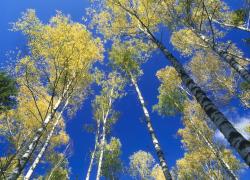 fot. Paweł Fabijański
fot. Paweł Fabijański
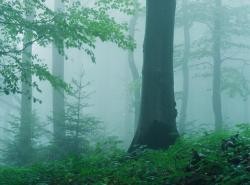 fot. Paweł Fabijański
fot. Paweł Fabijański
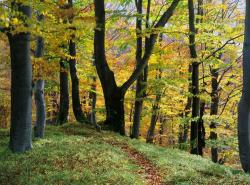 fot. Paweł Fabijański
fot. Paweł Fabijański
